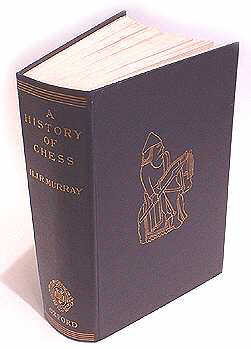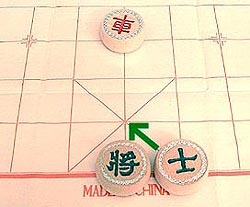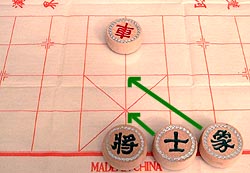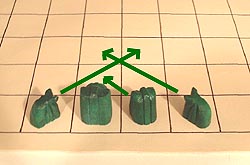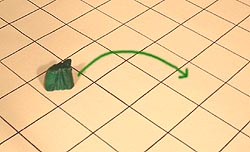An Illustrated History of Chess
Contents:
1 Origins
2 Early Chess
3 Thailand, Burma
4 China
5 From China?
6 Korea
7 Japan
8 Evolution
9 Europe
10 Variants
Exotic Chess
Products
The History
of Chess
How
To Play
Chess from
Around the World
An Illustrated History of Chess_________________5____
But gradually, advances in research, archeology and world communication are giving us tools to look at these questions anew. Without being too quick to evaluate the evidence one way or the other, let us take a brief look at a view of chess history that comes from Chinese texts...
The original chess was invented in China, right around 200 B.C., by a military commander named Hán Xin ("Hahn Sheen"). The game was designed to represent a particular battle, anticipated by Hán Xin's troops as they waited out the winter holding their ground. This first chess was called The game to capture Xiang Qi, Xiang Qi being the name of the commander of the opposing army. (This battle is well established in Chinese history.) A few years after his victory in this battle, Hán Xin fell out of favor with the emperor, and his game became less popular, or even forbidden, but was resurrected in the Tang Dyanasty (7th through 10th centuries A.D.). At that time several new rules came into effect...and variations of the game spread throughout the world. In
subsequent years, the name of the game was shortened to Xiang
Qi, hence xiangqi. The Chinese characters, xiang
and qi, also mean "elephant game," and this
became the most common interpretation, losing the original reference
to that ancient battle. |
|
One thing we know for certain is that the Chinese branch of chess has spread to large sections of the eastern world, and we can see its influences in nearby lands. So let's look at something a little different... |
HOME
PAGE CHESS PRODUCTS: International | Asian | Reproductions | Unique | Rare | Other Games CHESS HISTORY PAGES: 1 | 2 | 3 | 4 | 5 | 6 | 7 | 8 | 9 | 10 HOW TO PLAY: Chess | Courier Chess | Sittuyin | Xiangqi | Shogi | Shatranj | Janggi Makruk | Shatar | Dou Shou Qi | Luzhanqi LINKS: Chess Variants | Chess History | Chess Articles | Mah Jongg AFFILIATED SITES: Rick Knowlton | Courier Chess | Knowlton Mosaics Ken Knowlton | Insite Age | VerySpecial.us CONTACT US |
